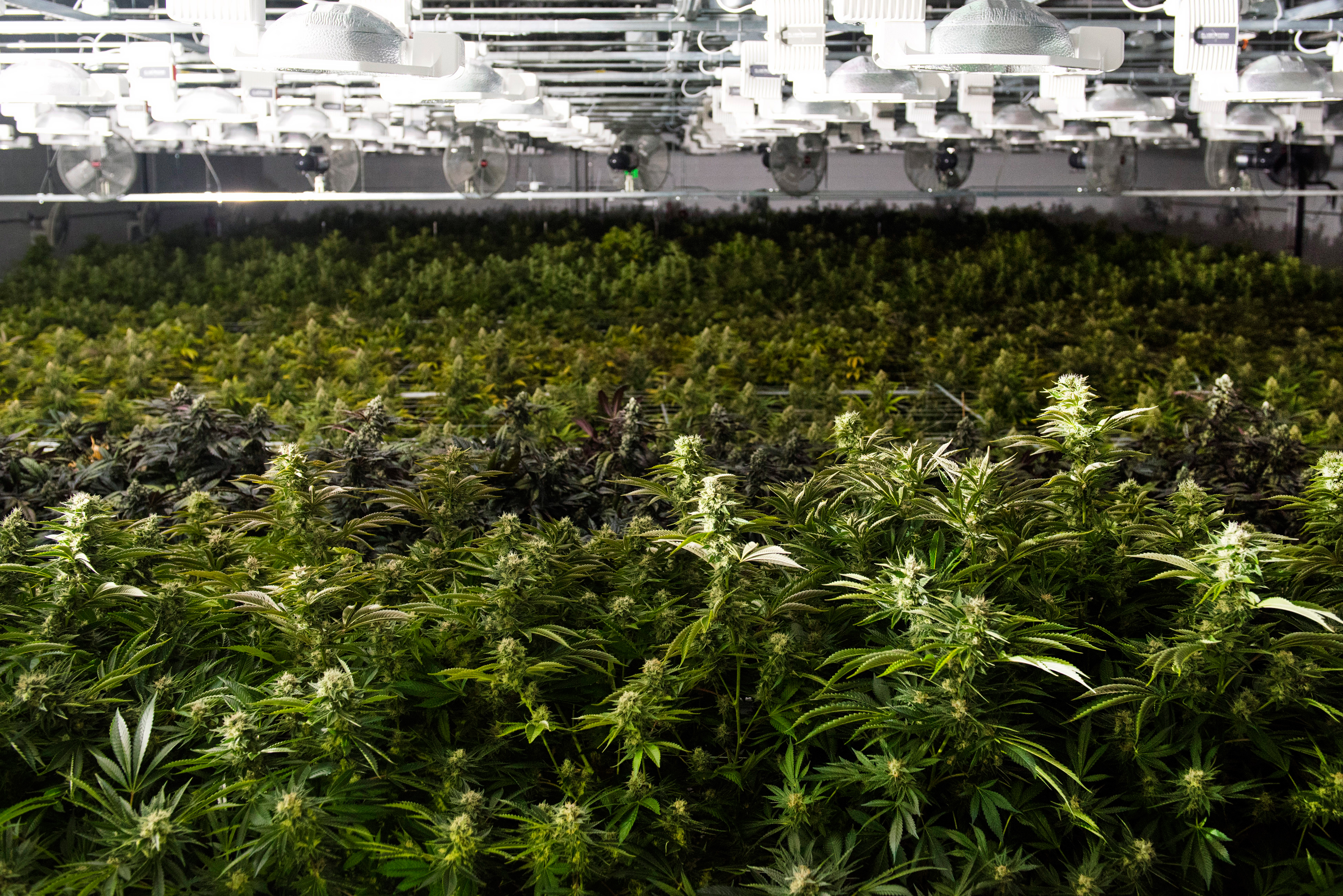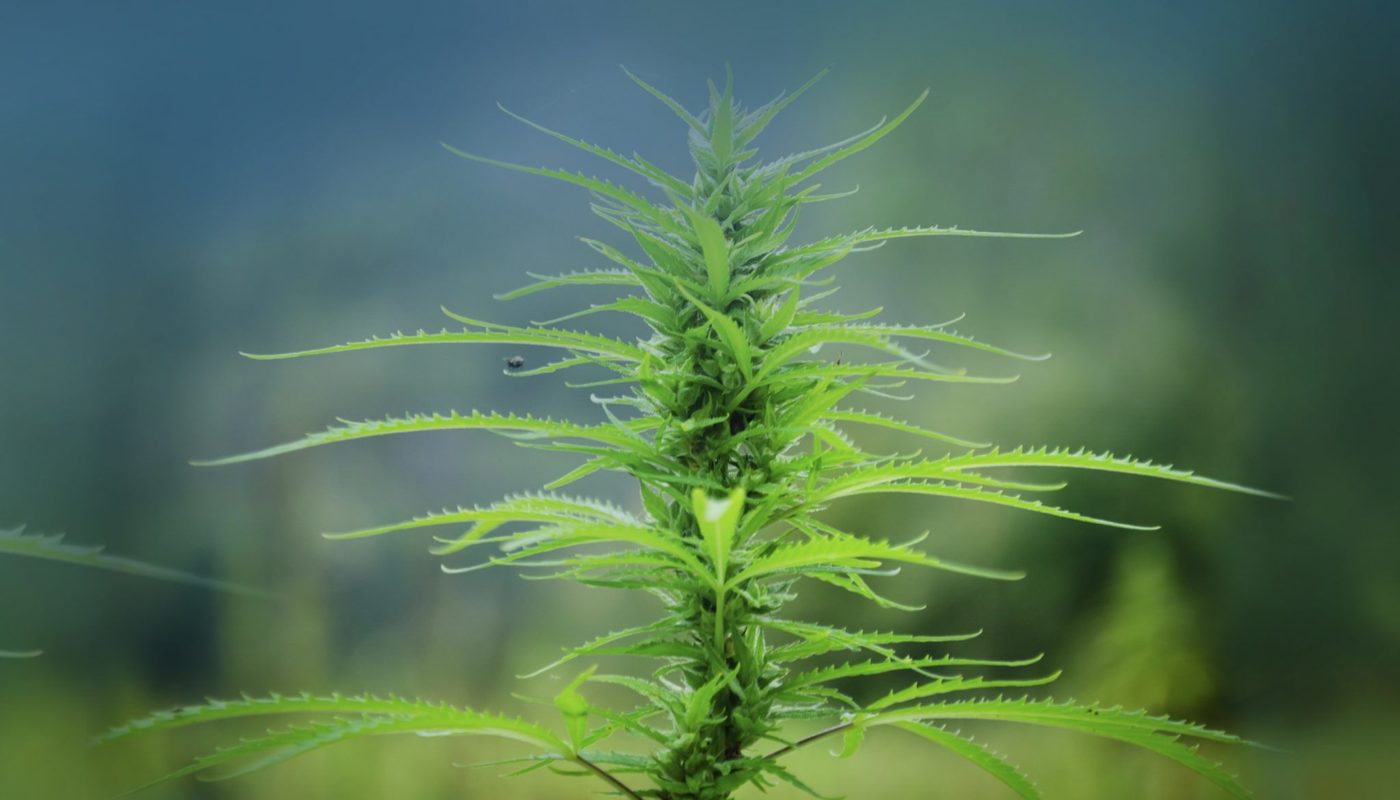0 of 6

Rick Scuteri/Associated Press
Tanking is, by its very nature, not supposed to be pleasant. Not during the actual process, at least.
But even the bottom-feeders—or Zion Williamson dreamers, as they may call themselves—can find ways to splash encouragement into an otherwise dreary campaign.
So let’s put on our uber-optimistic glasses and identify the one bright spot each tanking team—defined here as the six clubs with sub-.400 winning percentages—can take away from the 2018-19 season.
1 of 6

Michael Reaves/Getty Images
Godspeed to those who unloaded their hottest Trae Young takes early this season.
Last summer’s fifth overall selection was bound to be streaky. Consider it the byproduct of being a shoot-first player, particularly a 6’2″, 180-pound, 20-year-old one who happened to experience both searing heats and frigid cold spells during his one-and-done collegiate campaign.
Billed as a possible Stephen Curry clone for his off-the-bus shooting range, Young is increasingly looking the part as the year progresses. After wrapping 2018 with modest averages of 15.6 points and 7.4 assists on 39.6 percent shooting (27.5 from distance), he boosted those numbers to 18.7 and 7.2 on 44.4 percent shooting (33.7 from three-point territory) over 14 January tilts.
That was just an appetizer.
For the main course, Chef Young—not a thing, but let’s pretend—has since cooked up some sizzling statistics. Dating back to the start of February, Young is up to 23.9 points and 9.0 dimes per game on 42.2 percent shooting (41.7 from range). He’s among the top 20 in both scoring (No. 19) and distributing (No. 4) over that stretch—a distinction shared with only Bradley Beal, LeBron James, Damian Lillard, Kemba Walker and Russell Westbrook.
“Trae Young is an incredible talent,” Zach LaVine said after Young’s 49 point, 16-assist performance in a quadruple-overtime loss to the Chicago Bulls. “You can already see. He has the ‘it’ factor.”
Atlanta might still be in the early stages of a rebuild. But if Young can continue to establish himself as an elite talent, the Hawks will have already checked off the most critical box.
2 of 6

Scott Cunningham/Getty Images
A sprained right elbow in training camp forced Lauri Markkanen to play catch-up, as it cost him the Chicago Bulls’ first 23 games of the season. Then, a coaching change from Fred Hoiberg to Jim Boylen forced the sophomore 7-footer to adjust on the fly.
It was hardly the ideal way to open Year 2, and the 21-year-old’s stat sheet showed it. Through the end of December, he’d managed just 17.2 points and 7.5 rebounds per night on 42.3 percent shooting. Those aren’t awful numbers, but they’re also not the marks of a reigning All-Rookie first-teamer carrying an organization’s hopes on his shoulders.
Luckily, the dude’s been busy flipping switches ever since.
In 2019, he’s compiled a building-block line of 20.3 points and 10.2 rebounds per outing on 44.2 percent shooting (35.4 from three), and he’s notched five 30-point outbursts since the start of February. Compile the numbers from that point forward, and he’s all the way up to 23.9 points and 12.1 boards per game on 45.7 percent shooting.
“Maybe it’s just his maturation and our team’s maturation,” Boylen said, per the Chicago Tribune‘s K.C. Johnson. “There’s an awareness that he’s a primary guy and we’ve got to get him the rock. And when you can shoot over the top of the defense, you’re open a lot.”
This is the Markkanen who can anchor the Windy City’s reclamation project. Investing heavily in his development is the surest bet to brighten Chicago’s future.
3 of 6

Jason Miller/Getty Images
For the last four years, the Cleveland Cavaliers employed LeBron James and enjoyed all the spoils that come with the King.
Now, he’s gone. So is that annual Finals pass.
But the show must go on, as they say, and it’s not all doom and gloom in Northeast Ohio. Not when a $120 million man is at least hinting at the rediscovery of his All-Star form.
To be clear, Kevin Love’s injury-riddled season has provided far more cautionary signs than hopeful ones. But given the dearth of other bright-spot candidates, it’s easy to cling to his mild success—22.0 points, 12.2 rebounds and 3.7 triples per night since the All-Star break—as reason for hope, especially since the Cavs went 4-2 in those contests.
“I think we all appreciate how good he is,” Cavs coach Larry Drew told reporters. “Certainly, when LeBron was here, there was different circumstances involved. But with Kevin, what is pretty obvious is how much we’ve missed him.”
Given the scope of Cleveland’s post-LeBron overhaul, the 30-year-old Love isn’t guaranteed to be leading the charge whenever this gets turned around. But simple as this sounds, the better he plays, the more helpful he becomes—either as on-court fulcrum or an eventual trade chip.
4 of 6

Brandon Dill/Associated Press
As much as scouts loved Jaren Jacskon Jr.’s potential coming out of Michigan State, many were quick to point out how much seasoning he lacked. Considering he only turned 19 in September and is in the process of filling out his 6’11” frame, cautious optimism might have been the best way to frame his freshman outlook.
“Young and unpolished, Jackson doesn’t project as a high-usage or full-time player as a rookie. … [He] was drafted as high as he was for what he’ll look like by 2021 and beyond,” Bleacher Report’s Jonathan Wasserman wrote back in June.
Apparently, Jackson isn’t a big fan of waiting.
Last summer’s fourth overall pick hit the ground sprinting, opening his NBA career with four consecutive double-digit scoring efforts. His first 20-point performance came in Game 2; he reached 36 points by Game 21.
What’s wild about those numbers is that counting categories aren’t really Jackson’s thing. There are bigger mouths to feed in Memphis—Mike Conley, Marc Gasol prior to the trade deadline and Jonas Valanciunas after it—which forces Jackson to make do with 10.2 shots in 26.1 minutes per game.
He’s at his absolute best in the advanced metrics that capture the true extent of his on-court impact. Jackson 3.6 win shares rank fourth among freshmen, and he’s fifth among qualified members of his rookie class in both player efficiency rating (16.5) and player impact estimate (10.0).
5 of 6

Sarah Stier/Getty Images
Apologies in advance to New York Knicks fans hoping to see some Kevin Knox positivity here. It’s not that we’re down on the lanky wing; he’s just raw and shooting 36 percent for the season.
On a related note, he’s only 19.
Mitchell Robinson, on the other hand, is already ahead of schedule. You’d think he might be rusty after he sat out last year to prepare for the draft, but the pogo-stick center is having the best shooting season by a qualified NBA freshman we’ve ever seen (69.7 percent).
Even if his shooting profile is (almost literally) comprised of all dunks and layups, he’s not the first interior big man to feast on those looks. He just happens to be the first finishing them at higher than a 66-percent clip.
His aerial artistry extends both ways, too.
Averaging 2.3 blocks is impressive in its own right. Only Myles Turner (2.9) and Anthony Davis (2.5) are averaging more. Doing so as a rookie is historically significant. Just 14 freshmen have ever cleared that number. But swatting that many shots in only 18.7 minutes per game is downright silly and equates to 4.5 rejections per 36 minutes. Manute Bol is the lone high-volume rejection artist to top that.
“Whenever New York plays, it’s tough to scroll through Twitter without coming across a highlight video of Robinson covering 25 feet and slapping a three-point attempt into the stands,” Bleacher Report’s Grant Hughes wrote.
For all the questions the Knicks have going forward, last summer’s No. 36 selection already appears to be one of the certainties.
6 of 6

Barry Gossage/Getty Images
Last summer, the Phoenix Suns deemed Deandre Ayton worthy of the No. 1 overall pick. He’s done nothing to make them question that selection.
The 20-year-old is predictably a work in progress; he didn’t even pick up the sport until he was 12. But you wouldn’t know it by his production. If the season ended today, he’d join Karl-Anthony Towns and Blake Griffin as the only rookies to average at least 16 points and 10 rebounds in the 2000s.
Ayton paces the freshman class with 5.5 win shares, sits second in PER (21.0) and places third in box plus/minus (0.8). No rookie bests him on the glass (10.4 rebounds per game), while only Trae Young and Luka Doncic average more than his 16.5 points.
“I think he’s been steady all around, all year long,” ESPN’s Paul Pierce said on The Jump (h/t the Arizona Republic‘s Dana Scott). “It’s just the Suns have been so bad we haven’t paid attention to him, but he has all the tools. I compare him to like a young David Robinson.”
As Pierce said, consistency ranks among Ayton’s biggest strengths. In four of the first five months of his NBA career, he averaged between 16.3 and 17.6 points, as well as between 10.0 and 11.8 rebounds.
He should continue growing in all facets. He’s a more willing passer than his 1.9 assists per game show, and he has more offensive range than Phoenix has asked him to display. His defense needs work, but you’d be hard-pressed to find many rookies who are close to finished products on that end.
Should Ayton emerge as a capable Robin to Devin Booker’s Batman, Phoenix might finally have a foundation around which it can build.
Statistics used courtesy of Basketball Reference, and NBA.com and current heading into games March 8.
Zach Buckley covers the NBA for Bleacher Report. Follow him on Twitter: @ZachBuckleyNBA.















